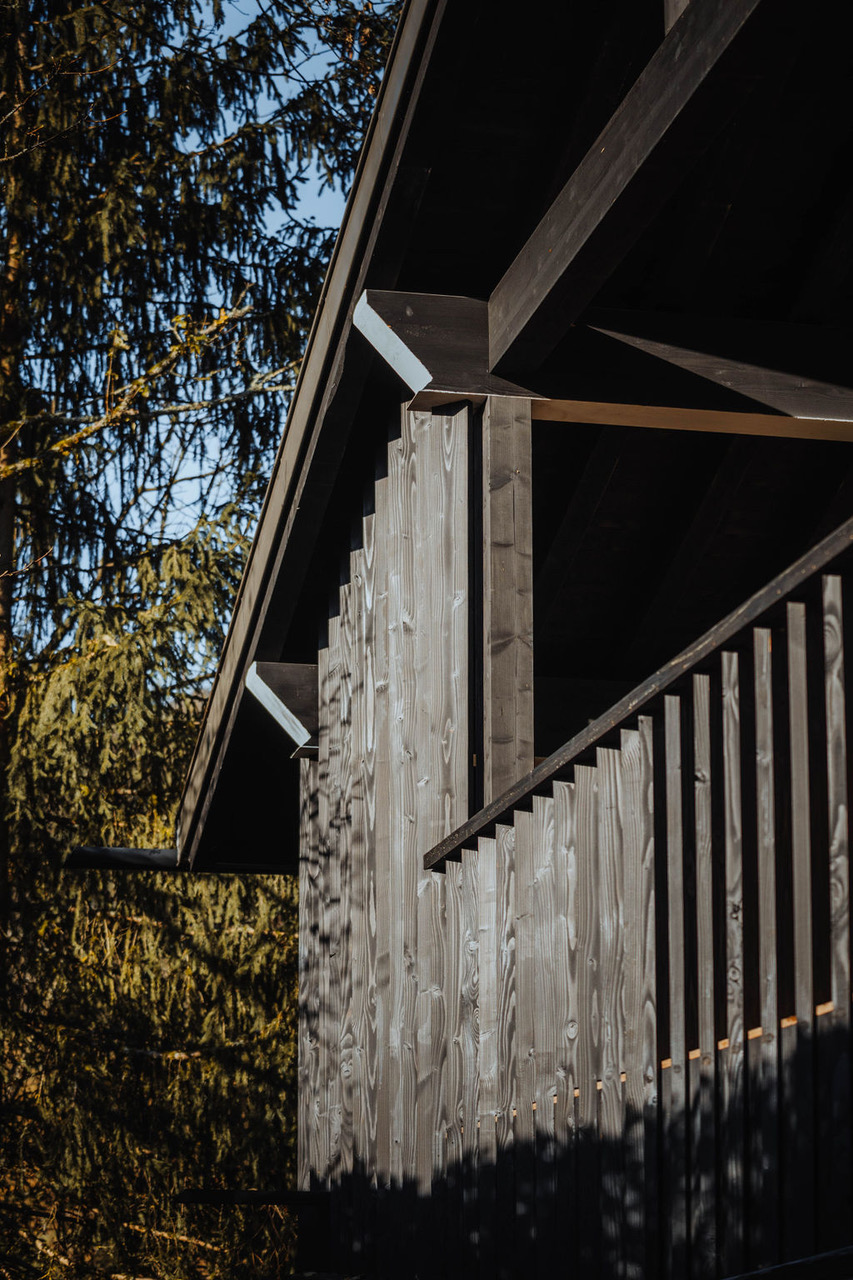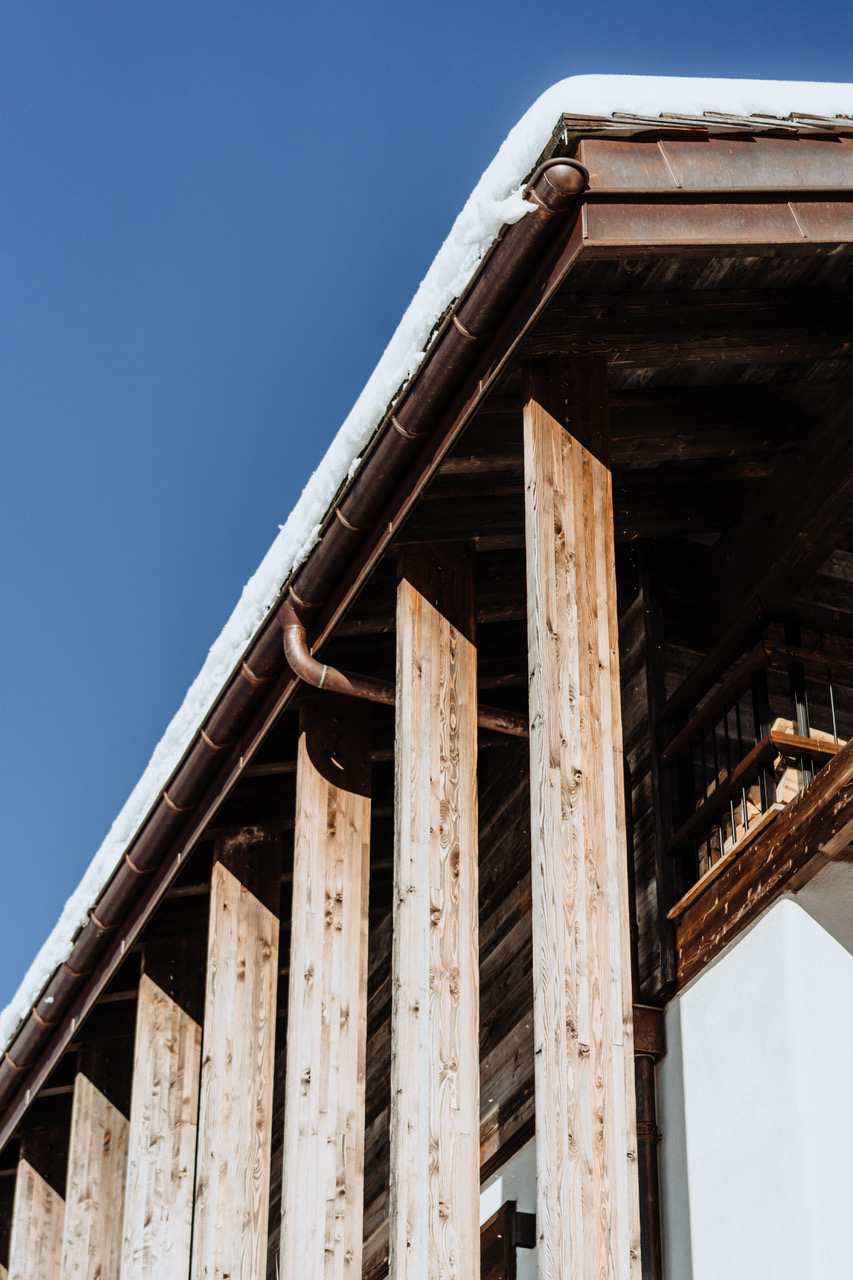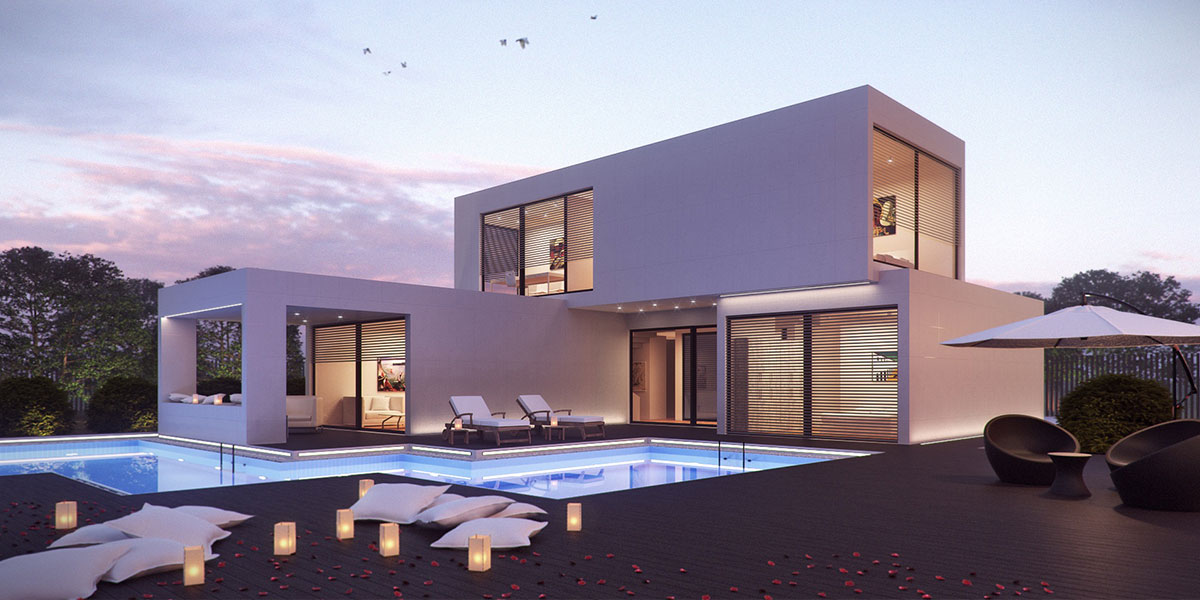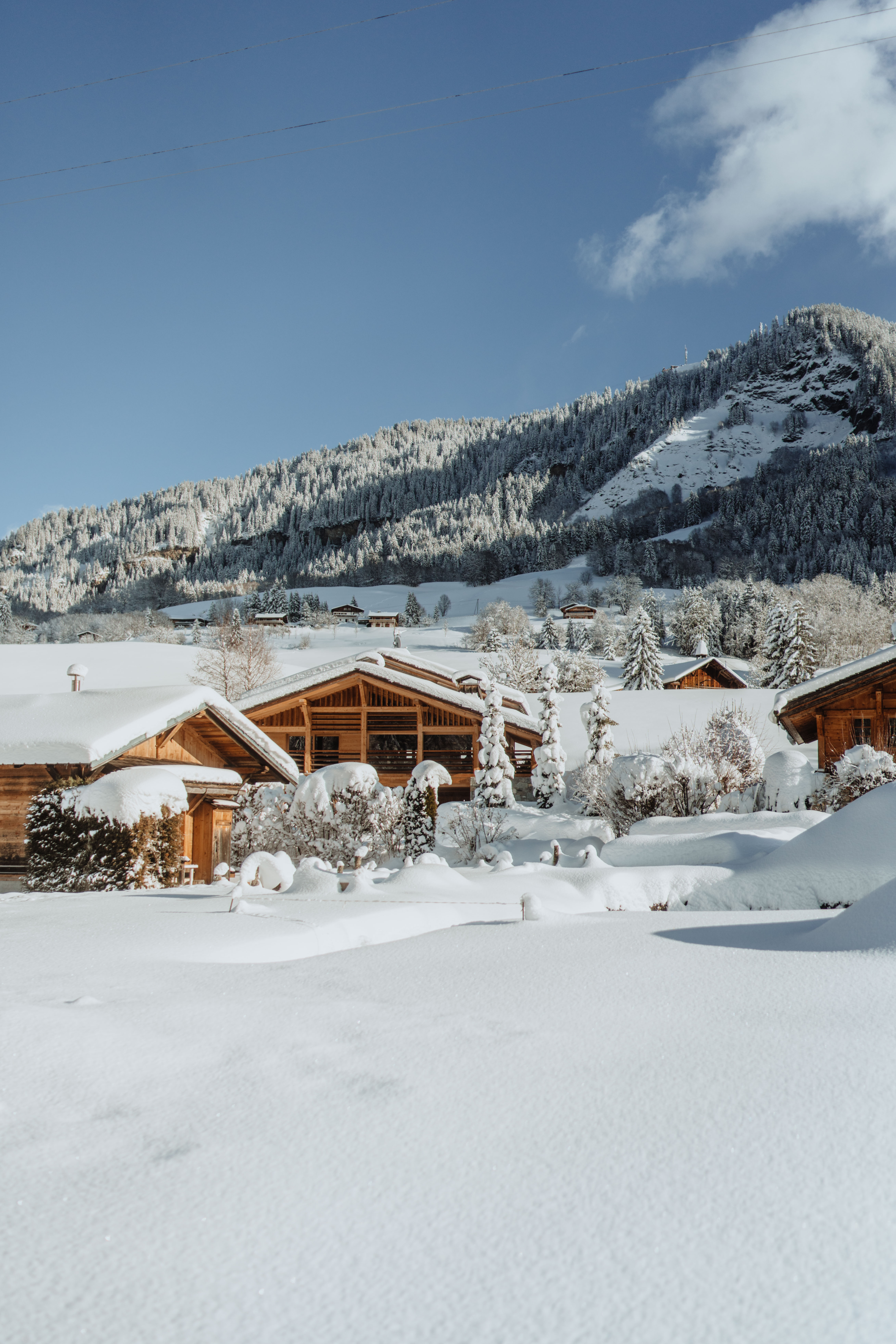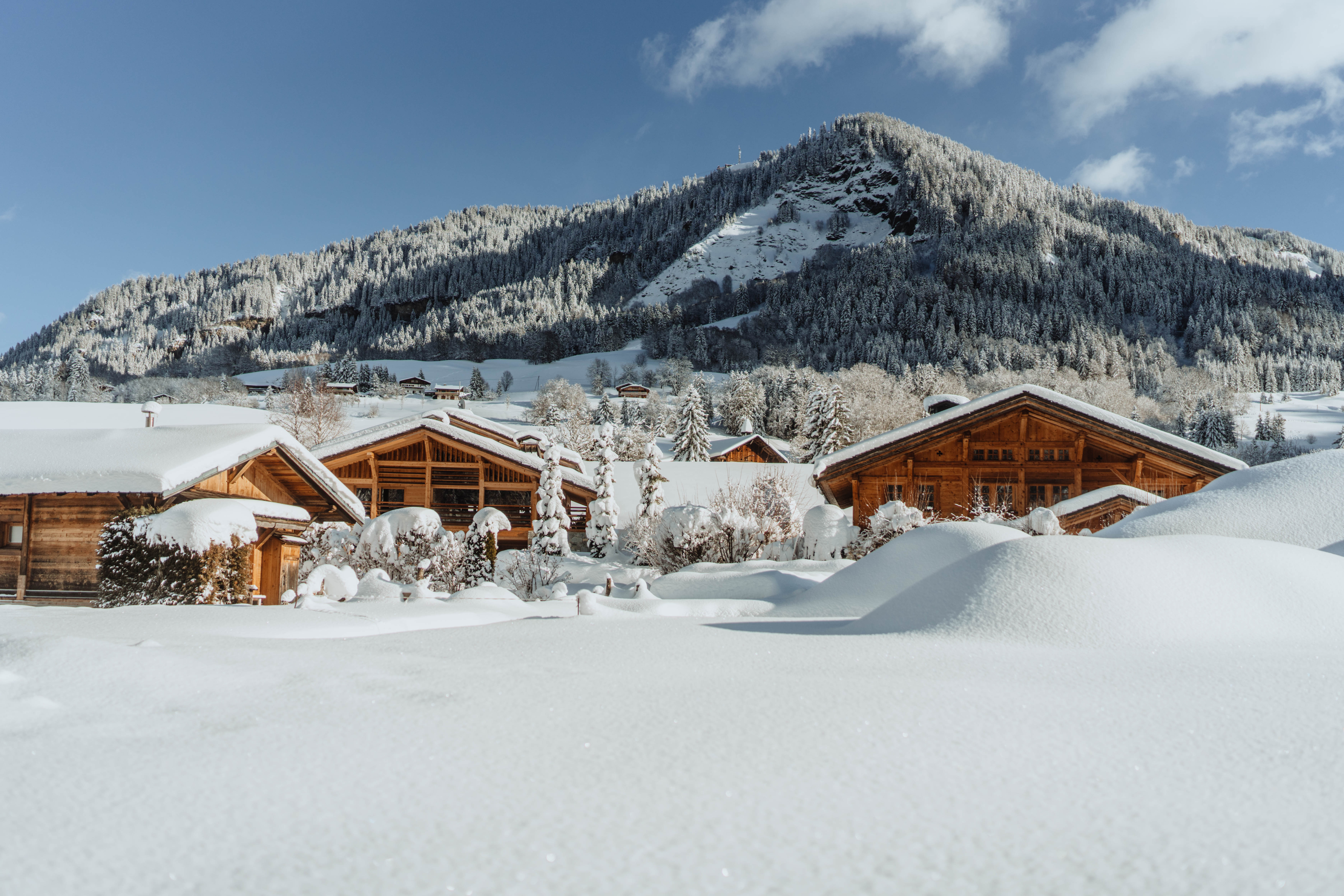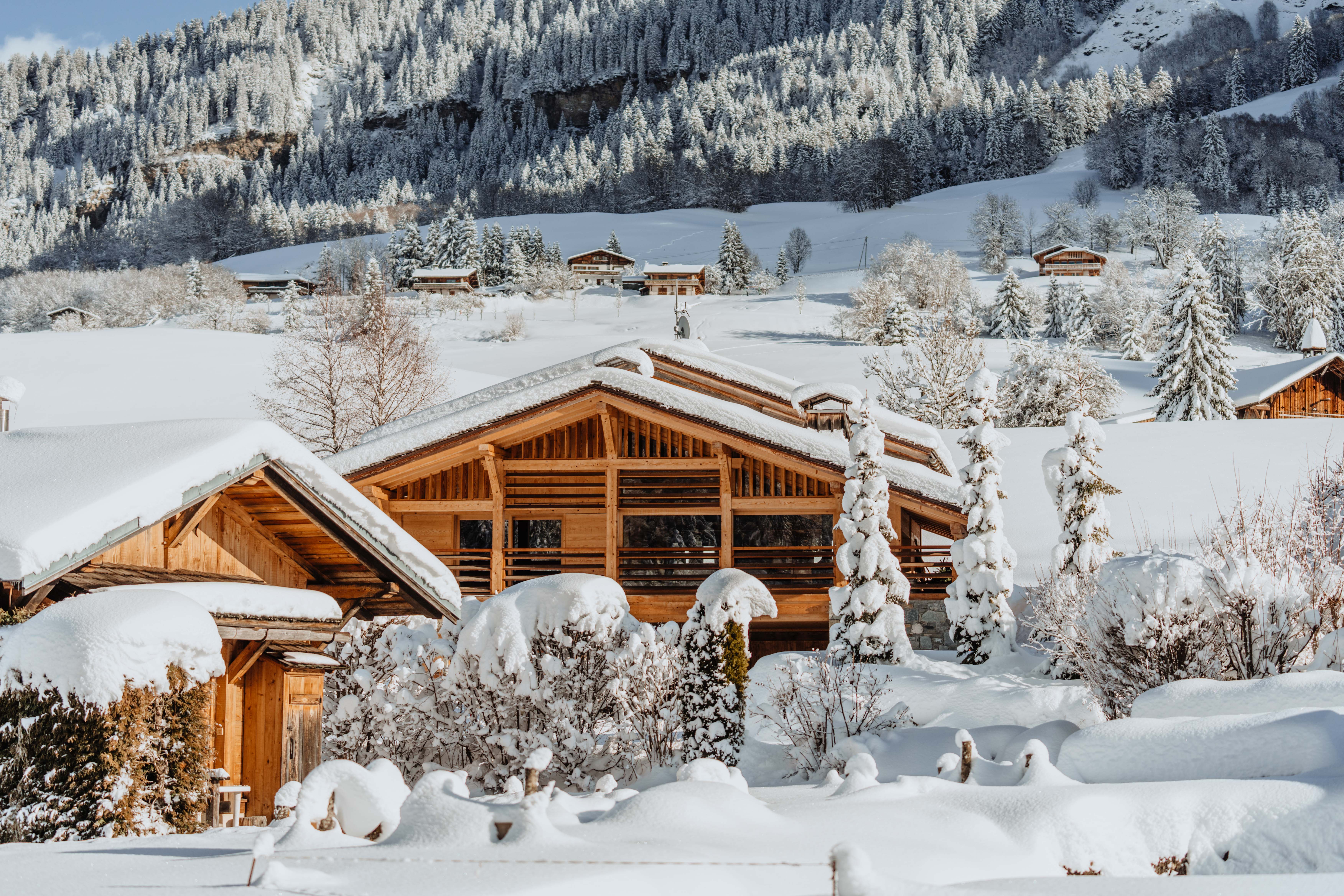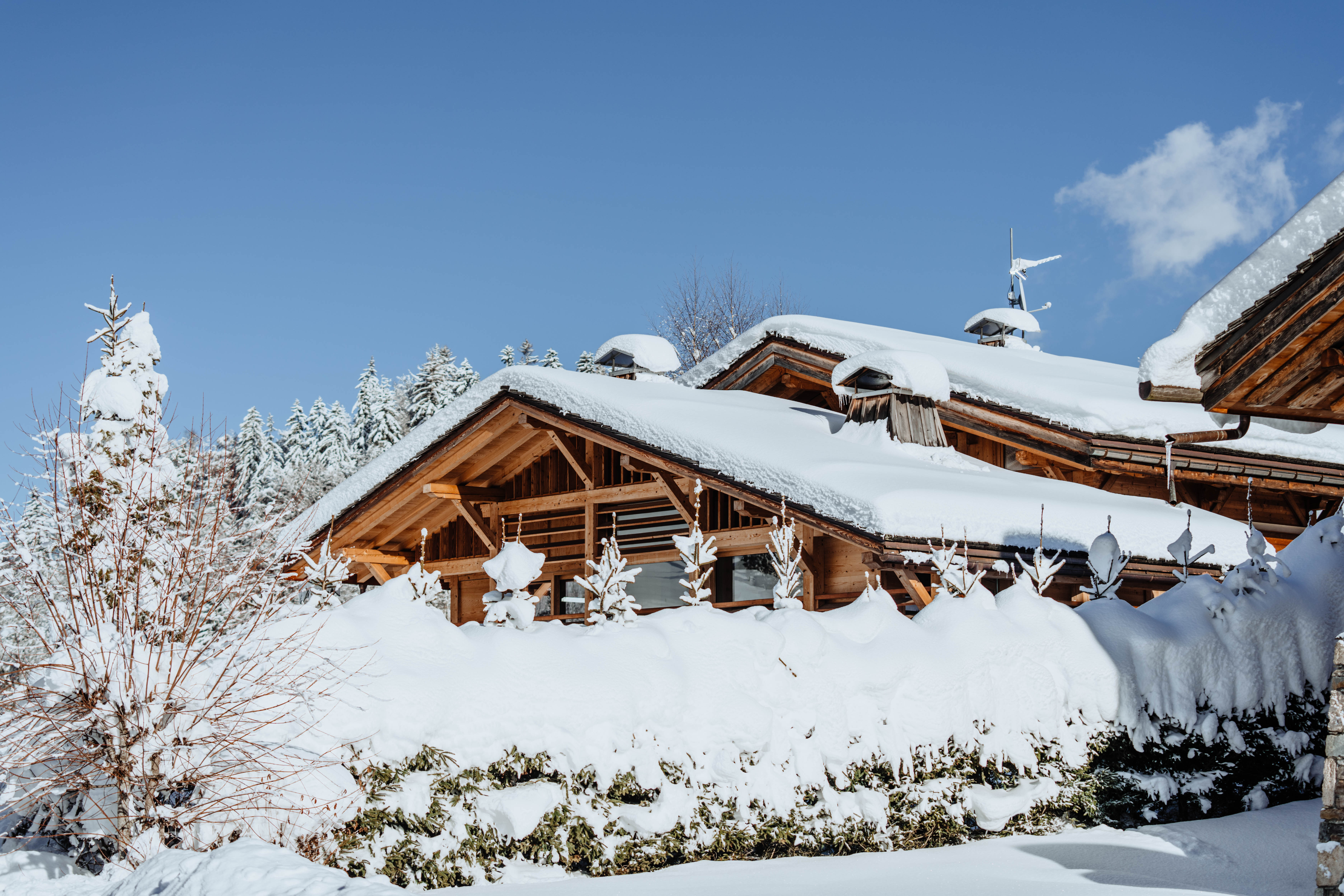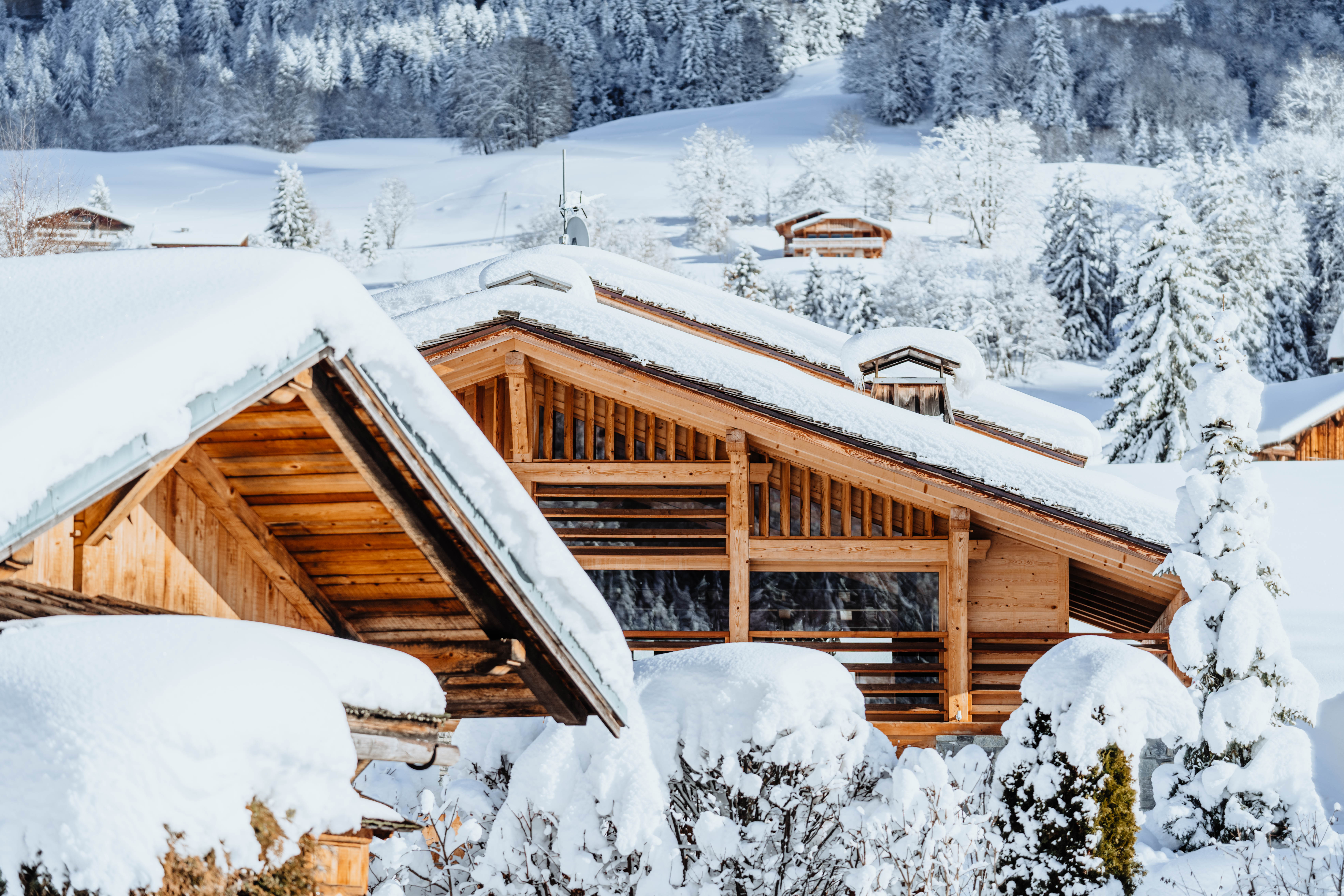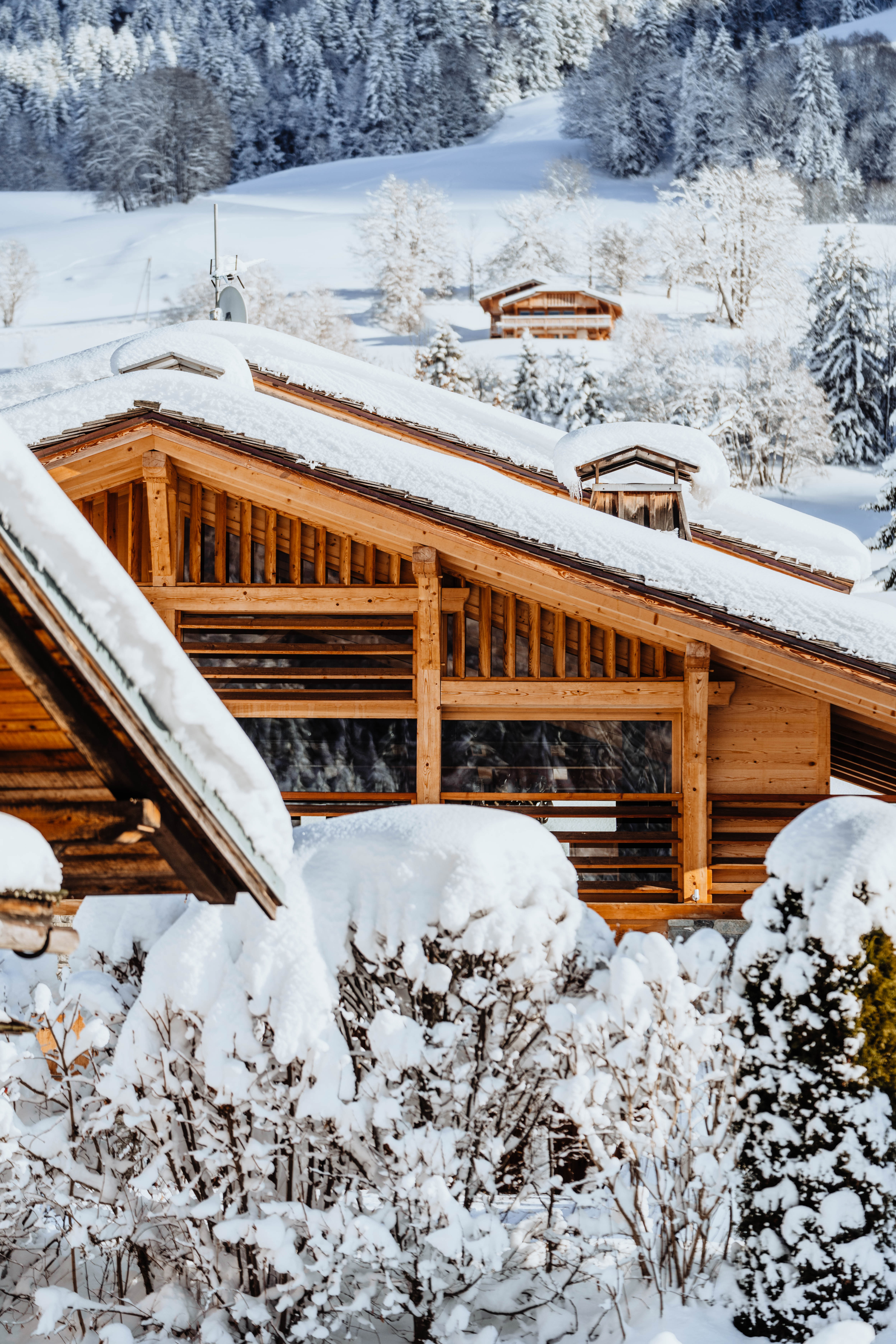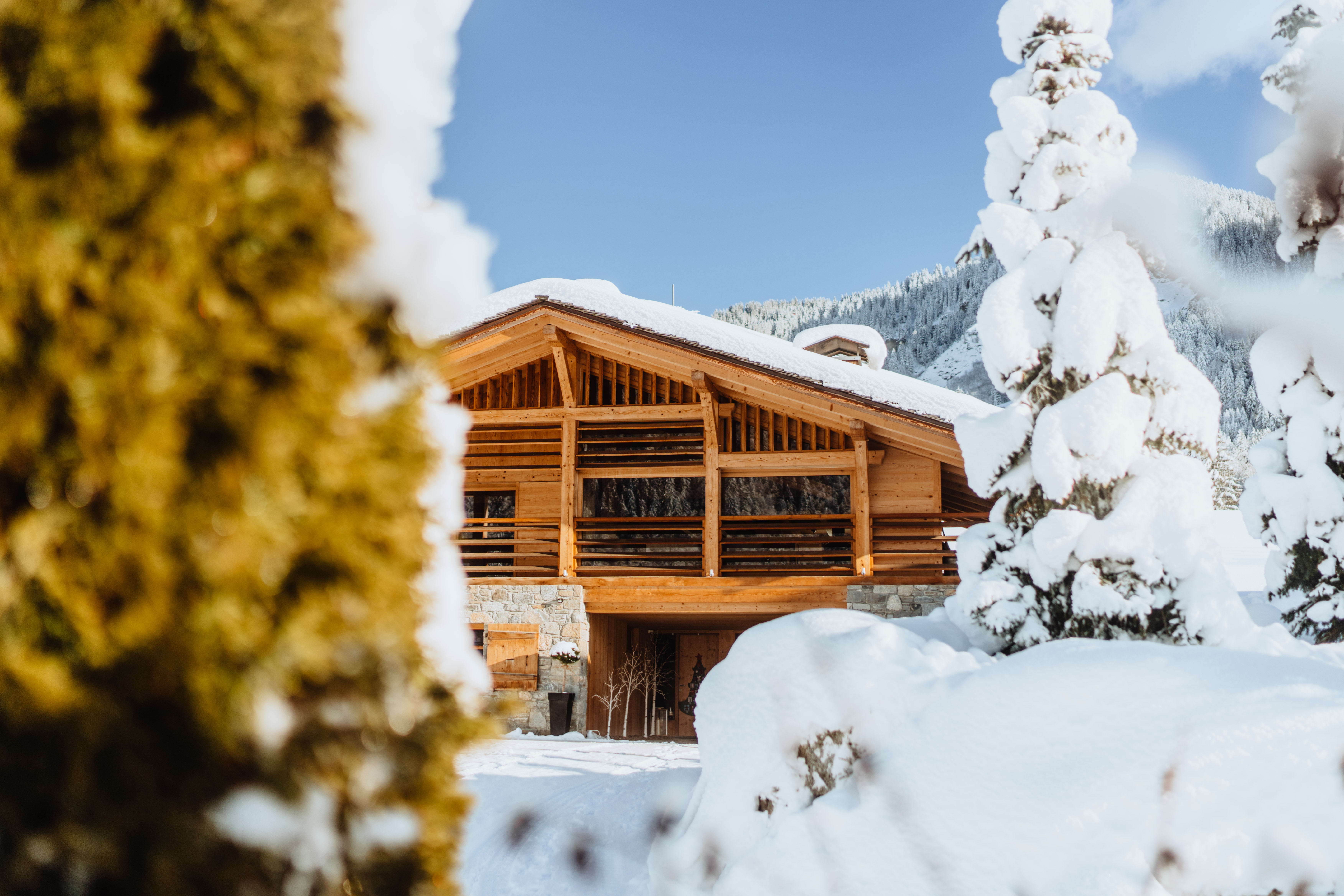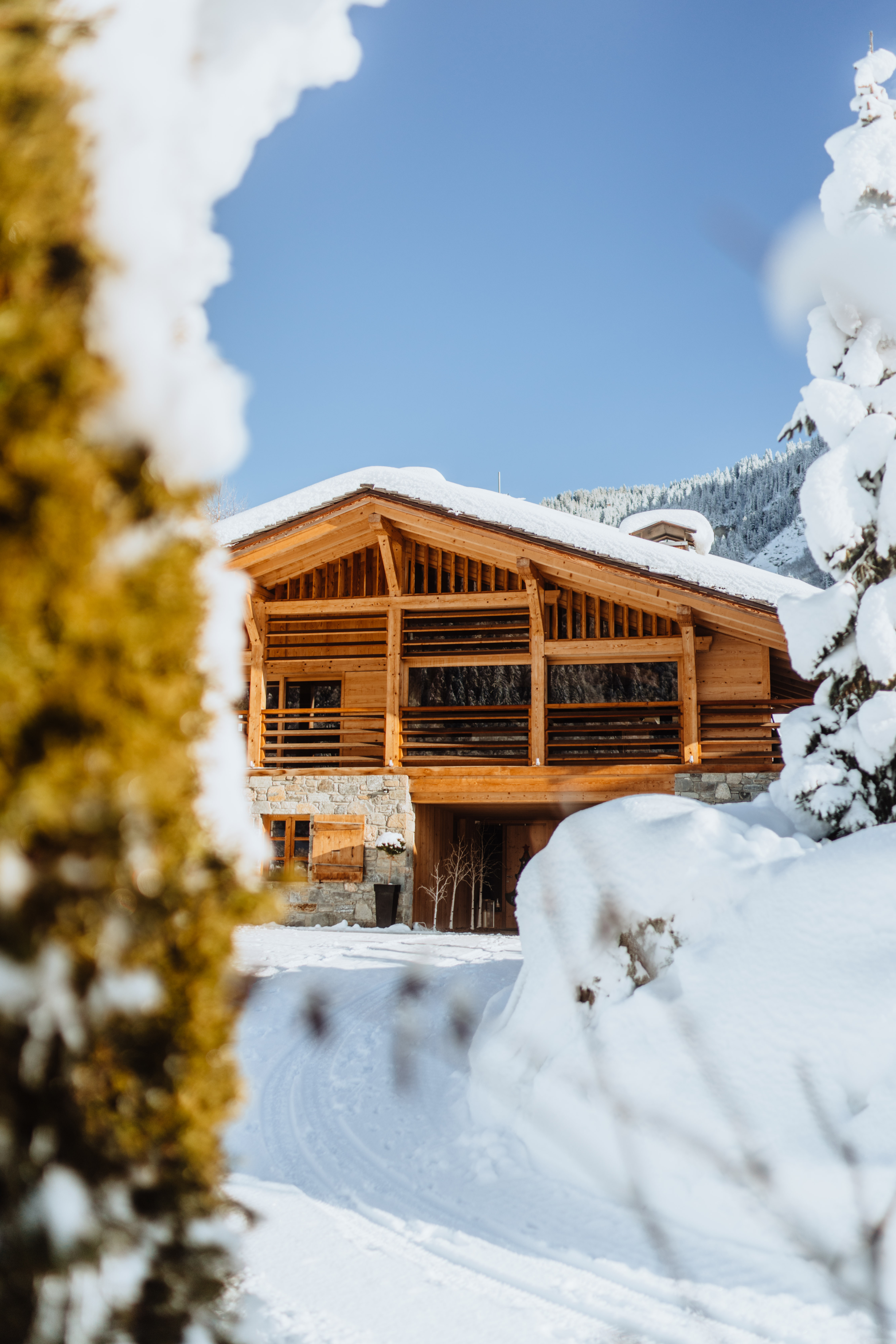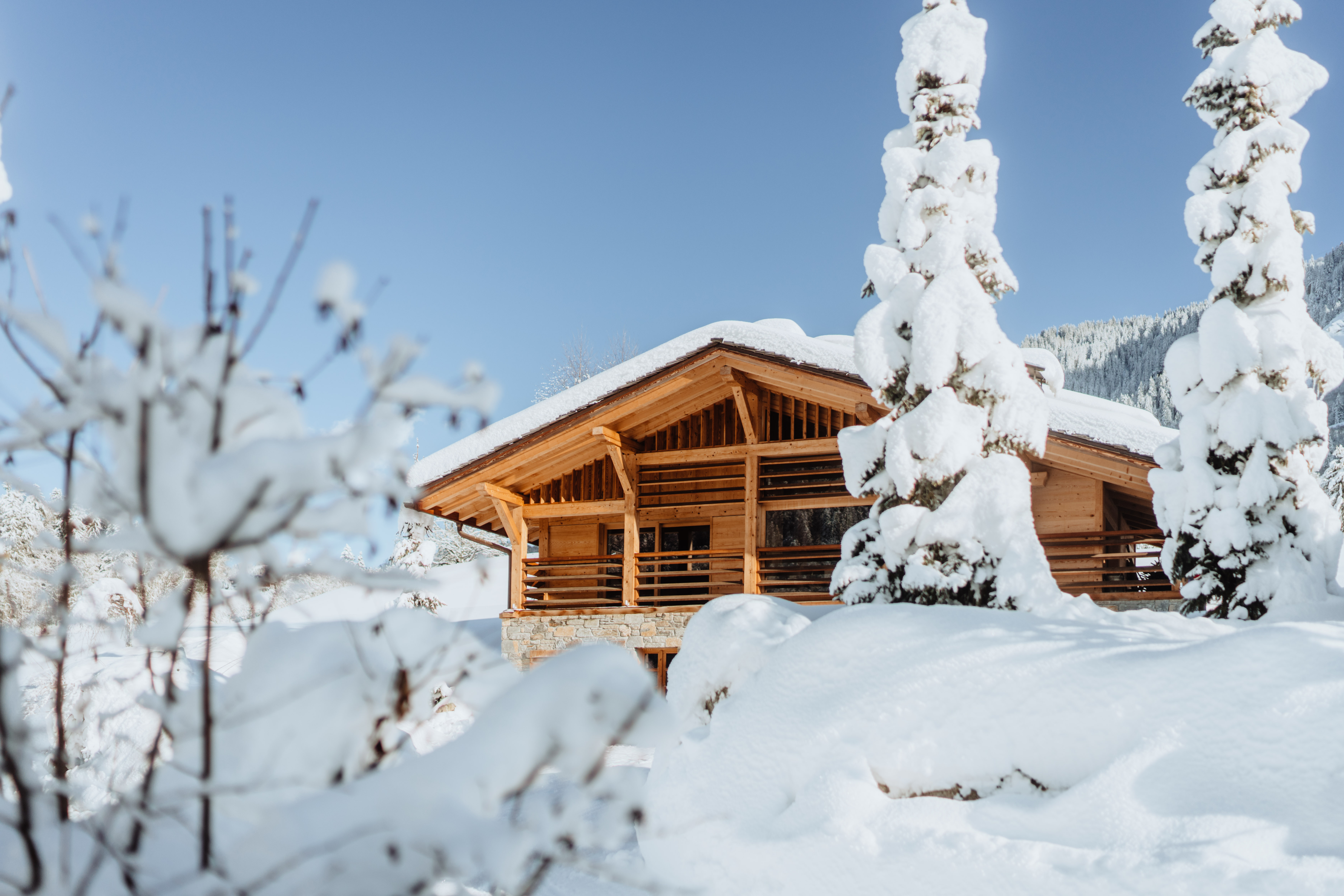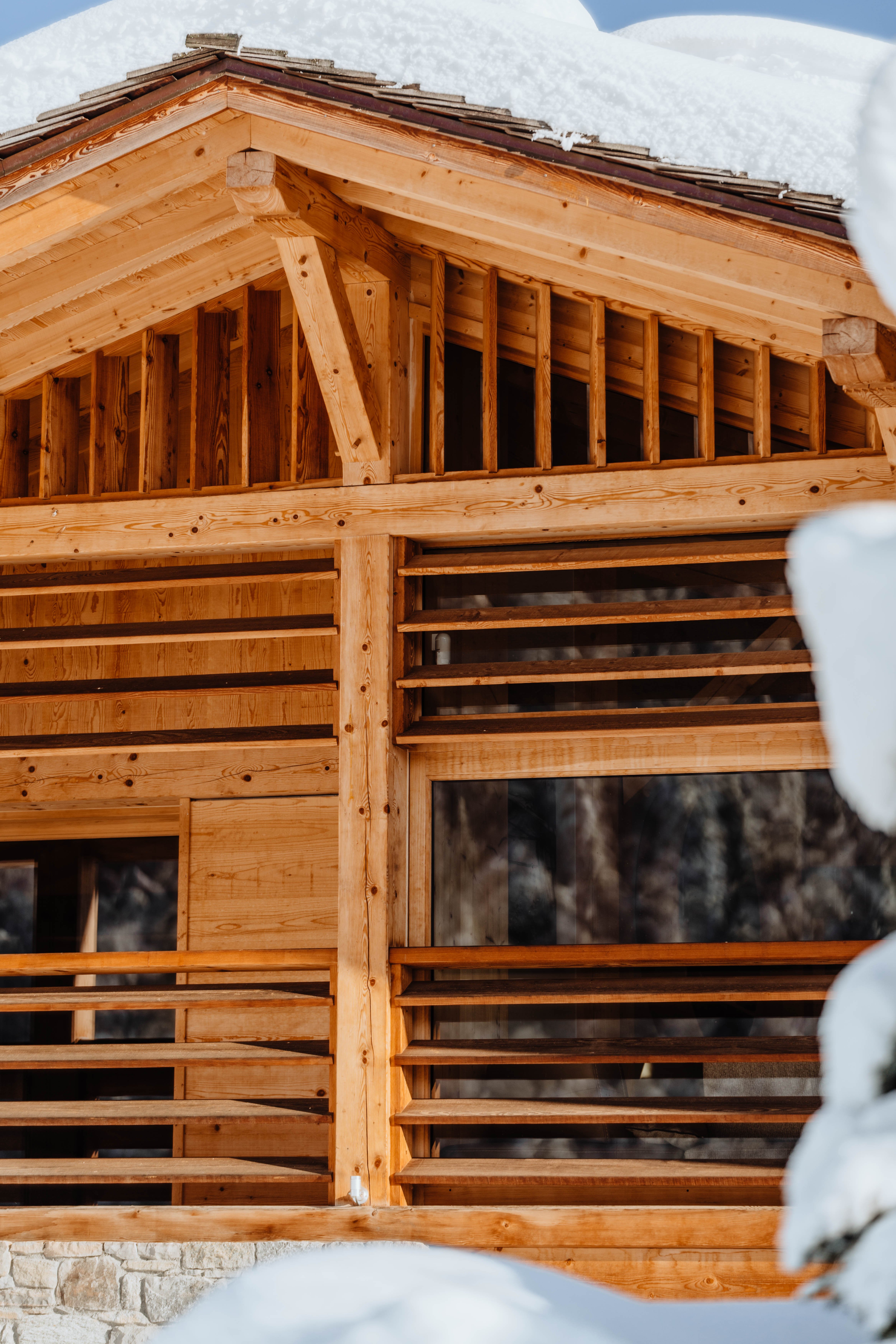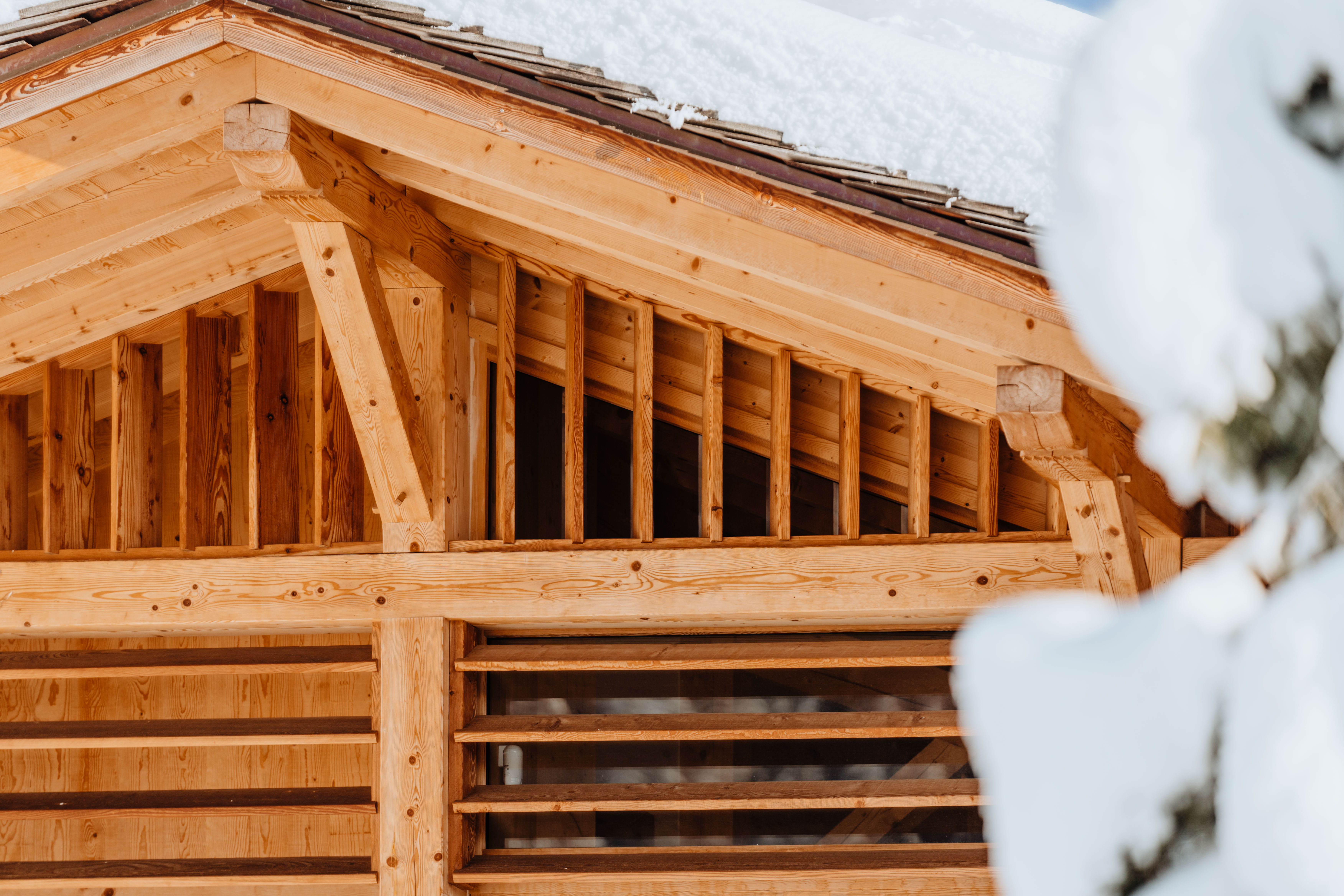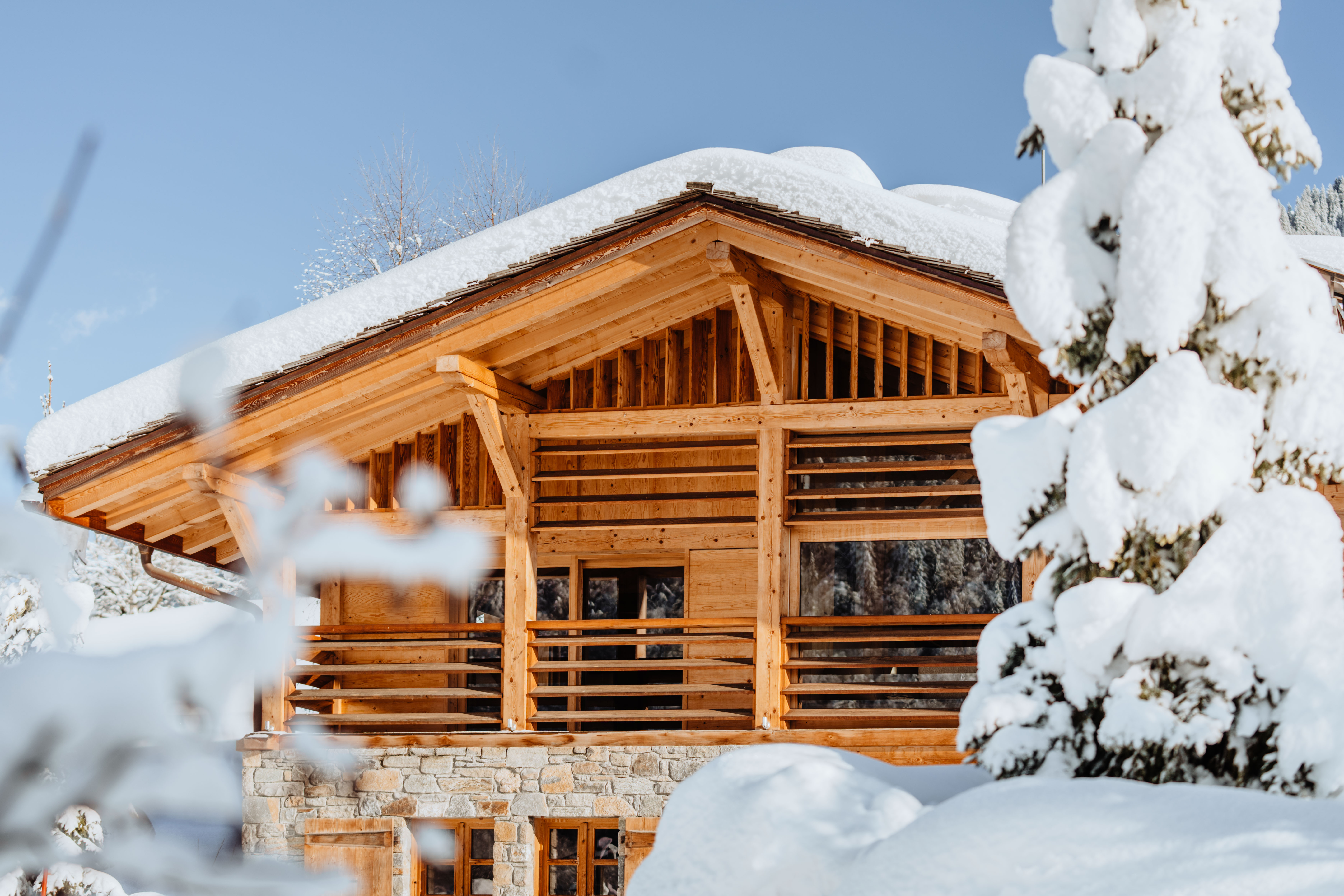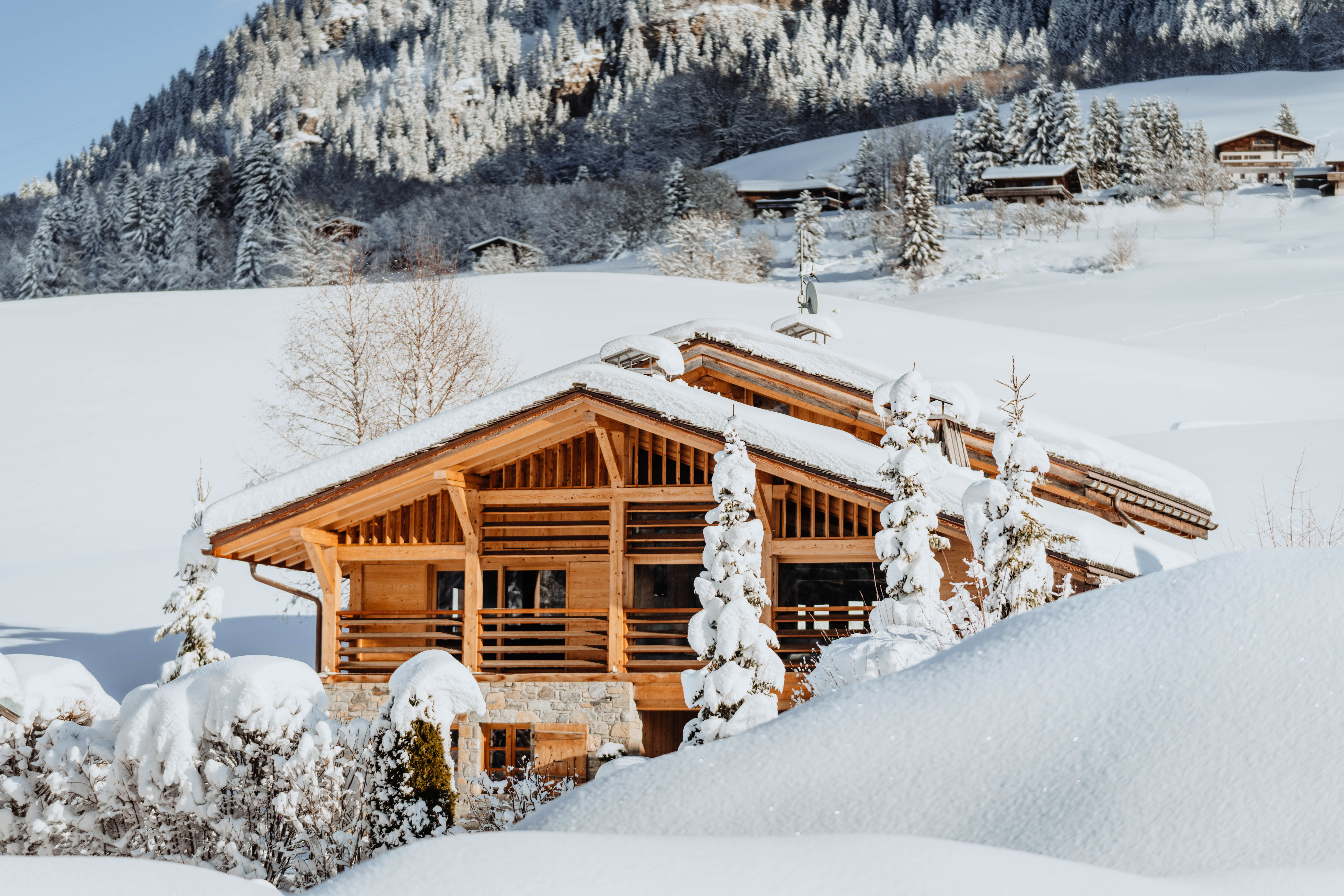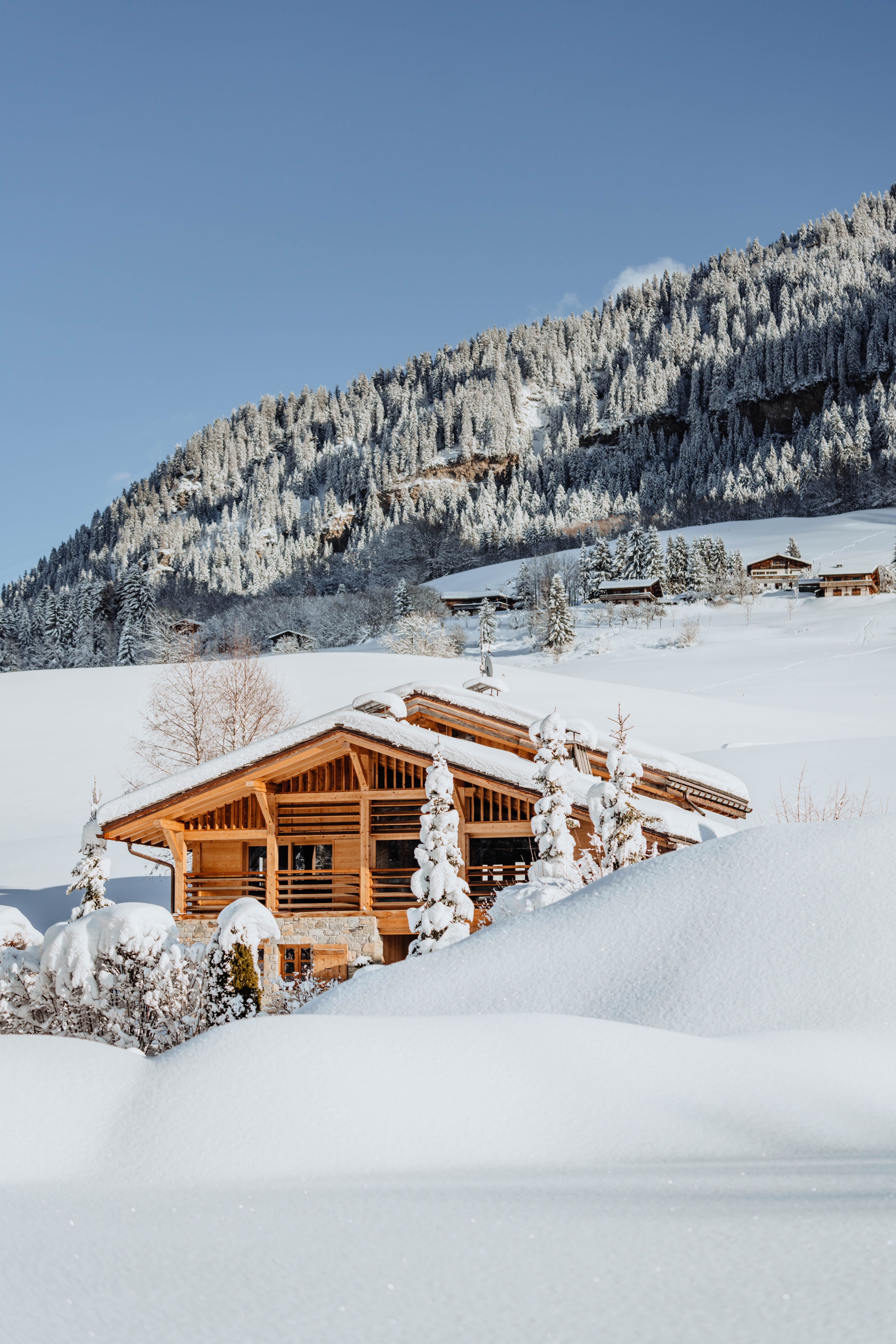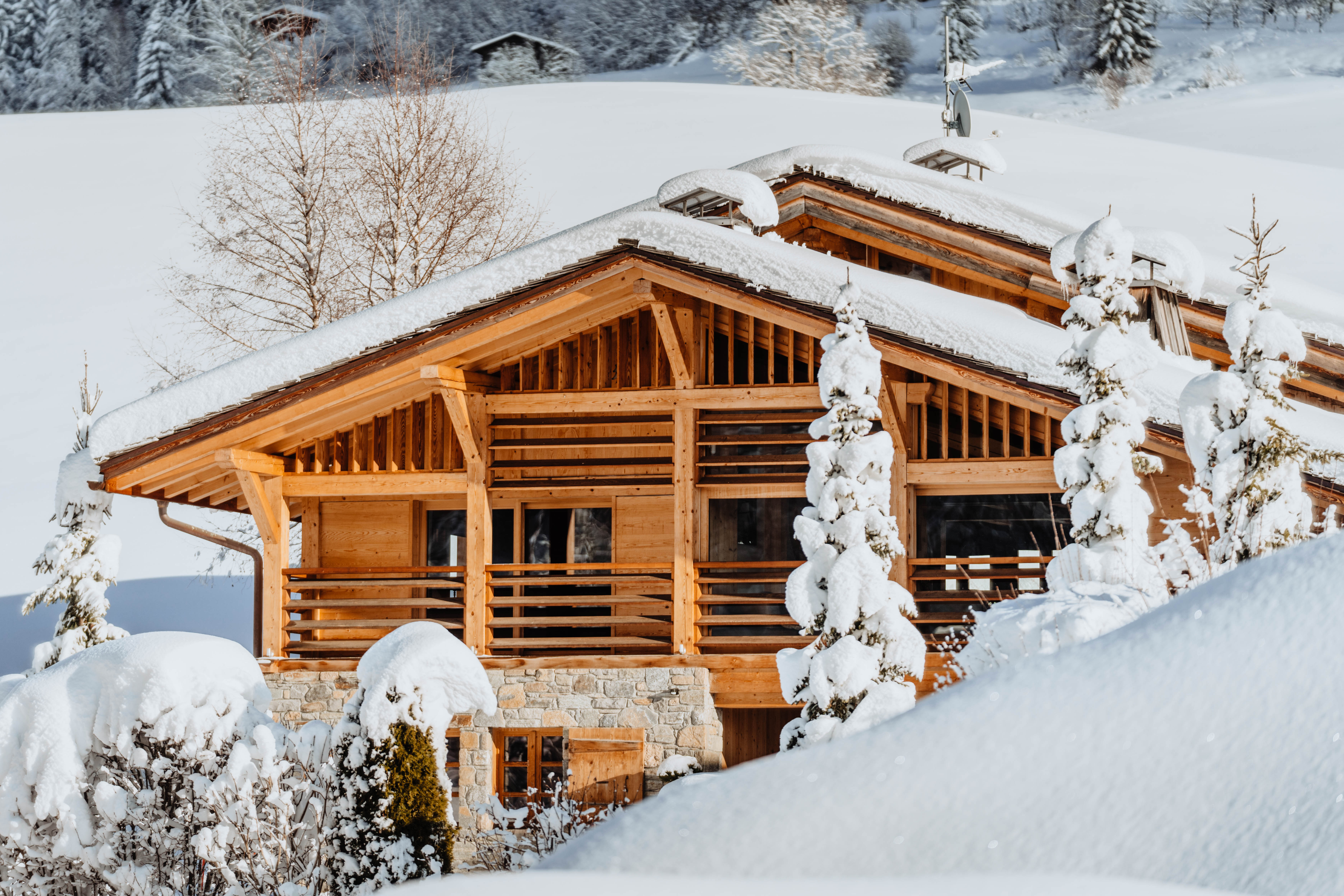Chalet de Cassioz
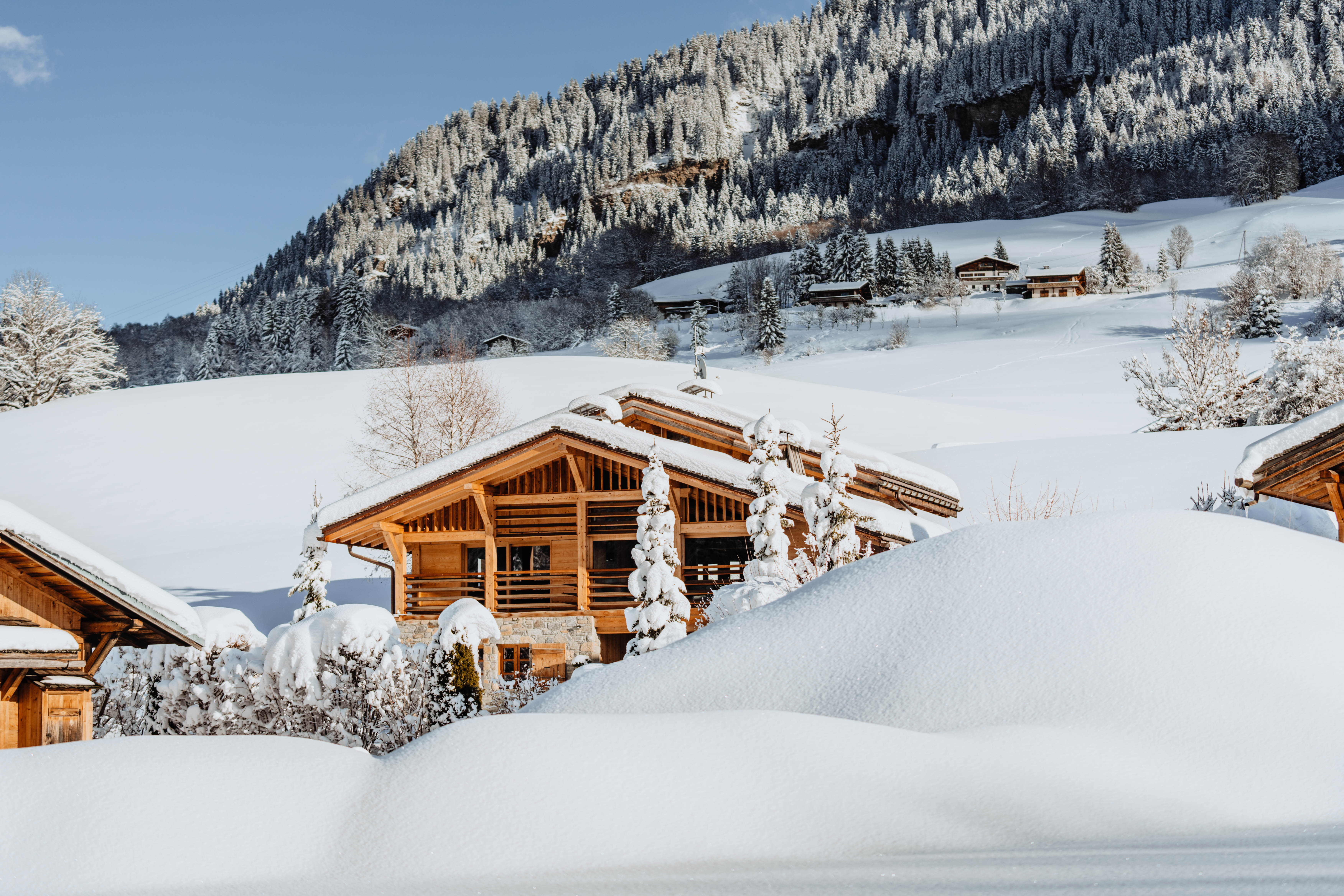
Description du projet
Le but de cette extension est d'assoir le chalet dans le terrain, l'extension suit le sens de la pente. Le projet rompt avec la verticalité du chalet d'origine et inscrit le nouvel ensemble en cohérence avec la topographie du lieu.
Cette extension s'adosse au chalet existant, elle est à la fois en continuité avec le chalet d'origine et redonne un aspect contemporain à l'ensemble. Le traitement du garde-corps du balcon, en façade latérale Sud, créé un trait d'union avec le traitement de la nouvelle façade pignon.
Cette façade pignon reprend l'écriture du chalet existant tant dans sa structure que dans sa composition en jouant avec la tectonique de celui-ci. La structure poteaux-poutre est démultipliée pour agrandir la chambre de maître et le séjour. En façade, les remplissages en bardage bois horizontaux, entre poteaux, s’inclinent à 45° et deviennent des garde-corps pour la loggia, un brise soleil pour les ouvertures du séjour et de la chambre et forment une continuité d'écriture architecturale avec l'existant créant des rythmes d’ombre et de lumière, recomposant ainsi l’atmosphère lumineuse des granges. Sous le toit, ce même principe est reproduit, avec un claustra bois vertical en référence au bardage bois vertical de remplissage sur le chalet d’origine. Ces claustras bois répondent à une nécessité de filtrer la lumière du soleil dû à l'exposition Ouest de la façade pignon.
En partie basse, deux « blocs » maçonnés en parement pierre, dans lesquels se logent un studio et un abri de jardin, venant soutenir la superstructure bois et cadrer l'espace d'entrée du chalet, ainsi que l'accès au garage. Ce soubassement vient en continuité du soubassement existant en parement pierre. Une solive bois ceinturant l’extension décolle la superstructure bois des « blocs » de pierres dessinant ainsi, une jonction fine à la manière d’une couture.
Les parties structurelles du chalet et les claustras bois sont en mélèze alpin, car ce sont des parties fortement exposées aux intempéries, au changement brusque de température et de météo que connait le climat alpin. Les parties abritées sont quant à elles en épicéa alpin, lui aussi non traité. Le choix de ne pas traiter les éléments boisés est tout aussi technique qu’esthétique. Le bois non traité permet de mieux répondre au phénomène de dilatation et de contraction c’est une approche seine et pérenne de ce matériaux qui est utilisé en milieux alpin depuis que l’homme y réside.
The aim of this extension is to anchor the chalet in the land, with the extension following the slope. The project breaks with the verticality of the original chalet and integrates the new structure into the topography of the site.
This extension is built against the existing chalet, continuing the original design while giving the whole structure a contemporary look. The treatment of the balcony railing on the south side creates a link with the treatment of the new gable façade.
This gable façade echoes the style of the existing chalet in both its structure and composition, playing with its tectonics. The post-and- beam structure is multiplied to enlarge the master bedroom and living room. On the façade, the horizontal wooden cladding between the posts is inclined at 45° and becomes a railing for the loggia and a sunscreen for the living room and bedroom openings, forming a continuity of architectural style with the existing building and creating rhythms of light and shadow, thus recreating the bright atmosphere of the barns. Under the roof, the same principle is reproduced, with a vertical wooden trellis referencing the vertical wood cladding on the original chalet. These wooden trellises are necessary to filter the sunlight due to the west-facing gable façade.
In the lower part, two masonry ‘blocks’ clad in stone house a studio and a garden shed, supporting the wooden superstructure and framing the entrance to the chalet and the access to the garage. This base is a continuation of the existing stone-clad base. A wooden joist surrounding the extension separates the wooden superstructure from the stone ‘blocks’, creating a fine seam-like junction.
The structural parts of the chalet and the wooden trellises are made of Alpine larch, as these parts are highly exposed to the elements and the sudden changes in temperature and weather typical of the Alpine climate. The sheltered parts are made of Alpine spruce, which is also untreated. The decision not to treat the wooden elements is as technical as it is aesthetic. Untreated wood is better able to cope with expansion and contraction, which is a healthy and sustainable approach to this material, which has been used in Alpine environments since humans first settled there.
